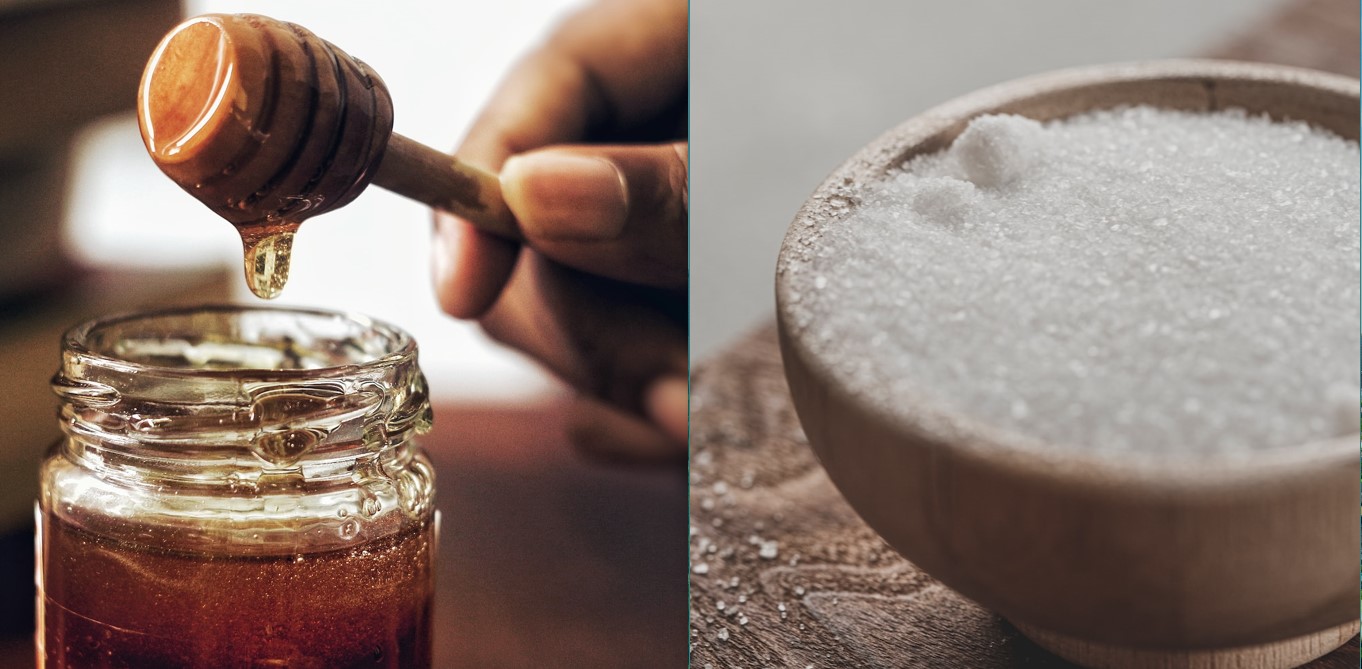Beverage Dealcoholization Process - How Everything’s Done
As one beverage dealcoholization process differs from another, they share one common goal: to remove alcohol. Well, not totally really but at least to decrease the amount of alcohol. These dealcoholization methods are harmless and only aim to encourage people to try low-alcohol drinks.
Author:Suleman ShahReviewer:Han JuMar 21, 202381 Shares1.1K Views
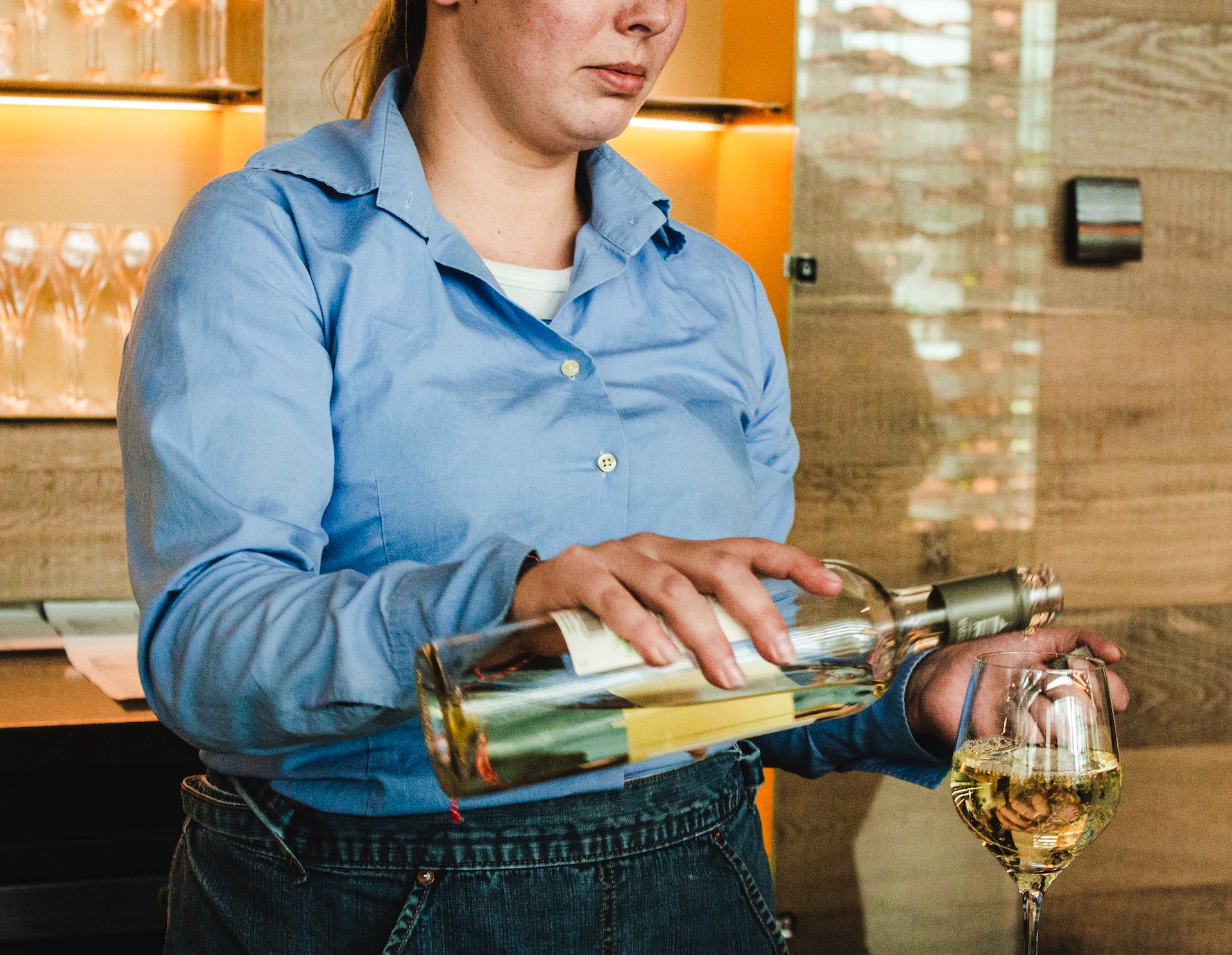
The world of beverage dealcoholization processhas gained increasing attention in recent years due to the growing demand for low-alcohol or alcohol-free drinks.
Dealcoholization is a techniquethat involves the removal of alcohol from a beverage while retaining its original taste, aroma, and other characteristics.
This process has been around for quite some time, but advancements in technologyand consumer preferences have led to the development of newer, more efficient methods.
In this topic, we will explore the various methods of beverage dealcoholization.
Whether you are a consumer interested in exploring new alcohol-free options or a producer looking to expand your product portfolio, this article will provide valuable insights in beverage dealcoholization process.
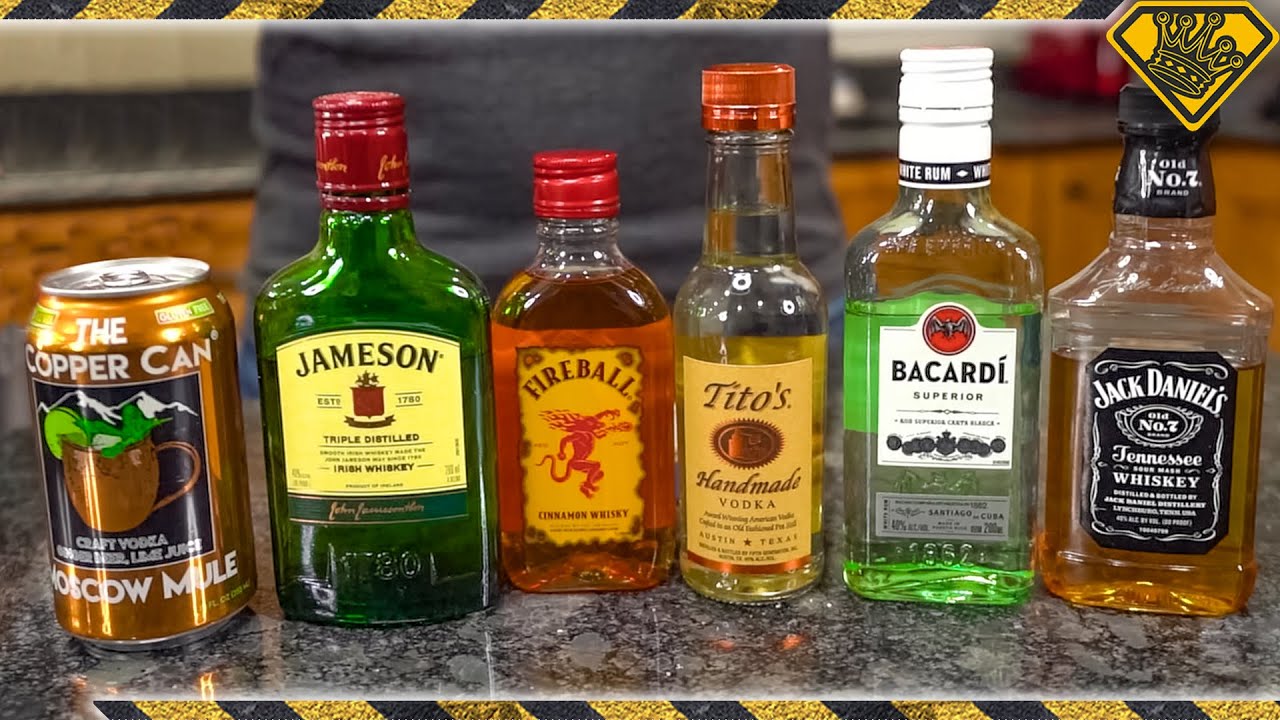
Removing the Alcohol From Alcohol
Dealcoholization - A Brief Explanation
Dealcoholization is the process of removing alcohol from a liquid, typically a beverage such as beer, wine, or spirits.
This can be done for a variety of reasons, such as:
- to create non-alcoholic versions of popular drinks
- to reduce the alcohol content of a beverage
- to comply with regulations or cultural norms that limit alcohol consumption.
One important consideration in dealcoholization is the effect that removing alcohol may have on the flavor and texture of the beverage.
Alcohol can contribute to the aroma, body, and mouthfeel of a drink, so removing it can change the overall sensory experience.
To compensate for this, manufacturers add something to enhance the flavor of the final product, such as:
- flavorings
- sweeteners
- other additives
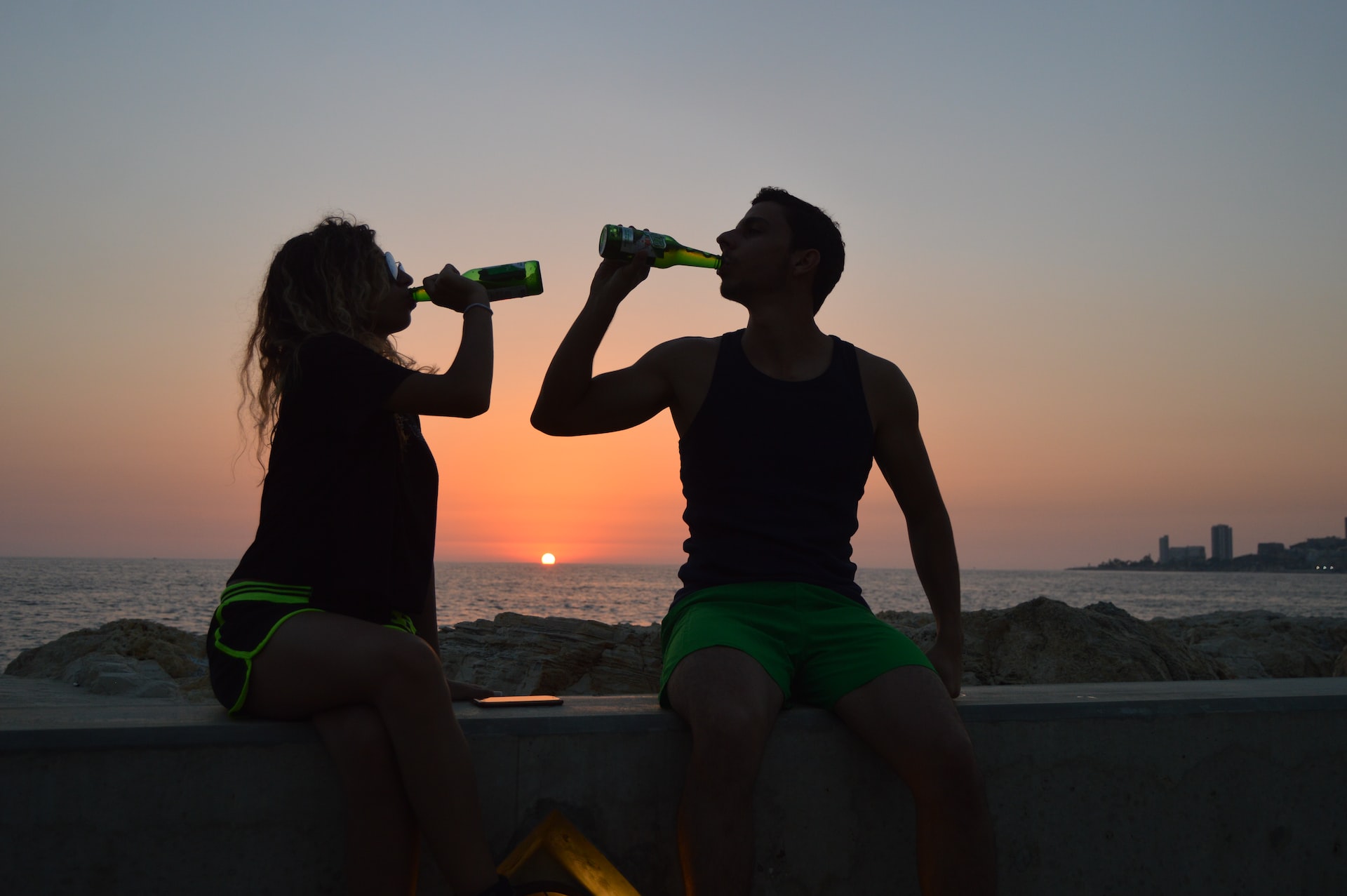
Beverage Dealcoholization Process - Enhancing The Flavor
Now speaking of these flavor enhancement things, there are several additives that can be used to improve the flavor of dealcoholized beverages.
It all depends on the specific type of beverage and the desired flavor profile.
Some common additives involved in a beverage dealcoholization process include:
a. Sweeteners
Dealcoholized beverages may lack the natural sweetness that comes from fermentation. So, different kinds of sweeteners may be added to enhance the flavor, such as the following:
- agave nectar/syrup (the sap of the agave plant; has a mild, neutral flavor and is sweeter than sugar)
- artificial sweeteners(e.g., aspartame and sucralose)
- honey
- sugar
b. Fruit juices or concentrates
Adding fruit juices or concentrates can add natural sweetness and flavor to dealcoholized beverages.
For example, apple juice concentrate is often added to dealcoholized beer to give it a more rounded flavor.
In the book Scienceand Technology of Fruit Wine Production (2017), edited by Maria R. Kosseva, Vinod Kumar Joshi, and Parmjit S. Panesar, it’s mentionedin “Chapter 7 - Specific Features of Table Wine Production Technology” that:
“„[T]he use of apple juice concentrate for cider making has increased considerably because of various advantages such as . . . storage of the concentrate without spoilage.- Science and Technology of Fruit Wine Production (2017)
c. Spices and herbs
Adding spices and herbs in a beverage dealcoholization process can add depth and complexity to the flavor profile of a dealcoholized beverage.
They may include:
- cinnamon
- ginger
- lavender
- mint
d. Flavor extracts
Natural or artificial flavor extracts can be added to dealcoholized beverages to give them a specific flavor profile.
For example, vanilla extract can be added to dealcoholized wine to enhance its flavor.
e. Carbonation
Carbon dioxide can be added to dealcoholized beverages to give them a bubbly texture and enhance their flavor.
It’s worth noting that some dealcoholized beverages may also contain preservatives to maintain their flavor and shelf life. Therefore, it’s important to read the ingredient labels carefully if you have any concerns or dietary restrictions.
Beverage Dealcoholization - The Methods
When it comes to beverage dealcoholization process, there are several methods used to remove alcohol from beverages, including heating, vacuum distillation, reverse osmosis, and evaporation.
Each method has its own advantages and disadvantages.
The choice of method will depend on factors, including the following:
- the type of beverage
- the desired level of alcohol removal
- the cost and efficiency of the process
Let’s discuss this beverage dealcoholization process below:
Distillation
Distillation is a commonly used beverage dealcoholization process, which involves separating the alcohol from a liquid mixture through:
- evaporation
- condensation
The process works by heating the mixture to its boiling point, causing the alcohol to vaporize and separate from the other components.
In distillation:
a. The liquid mixture is heated in a container called a still, which has a tube or coil called a condenser that runs through it.
b. As the liquid heats up, the alcohol and other volatile compounds vaporize and rise to the top of the still, where they are collected in the condenser.
c. The condenser is cooled by water or air, which causes the alcohol vapor to condense back into a liquid.
d. This liquid is collected in a separate container and is now lower in alcohol content than the original mixture.
The process can be repeated multiple times to further reduce the alcohol content, with each cycle resulting in a lower concentration of alcohol.
Evaporation
As a dealcoholization method, evaporation involves heating an alcoholic solution to its boiling point to vaporize the alcohol, which has a lower boiling point than water.
The resulting vapor is then condensed and collected, leaving behind a non-alcoholic liquid.
Heating
Heating is a beverage dealcoholization process that involves applying heat to a liquid in order to remove alcohol from it.
When heat is applied to a liquid, the alcohol in the liquid begins to evaporate at a lower temperature than the other components of the liquid, such as water.
By carefully controlling the temperature and duration of the heating process, it is possible to remove the alcohol from the liquid while leaving the other components relatively intact.
Pervaporation
In pervaporation, the liquid mixture is passed over the membrane under a vacuum or low-pressure environment.
The alcohol in the mixture passes through the membrane and is collected on the other side, while the remaining liquid, which is now lower in alcohol content, is collected on the other side of the membrane.
Reverse Osmosis
For this beverage dealcoholization process, pressure is applied to force the liquid through a semi-permeable membrane that only allows water molecules to pass through.
This results in a separation of the alcohol and water, with the alcohol being concentrated on one side of the membrane and the water on the other side.
By adjusting the pressure and flow rate of the liquid, a high percentage of the alcohol can be removed from the liquid while leaving other compounds largely intact.
The alcohol-rich stream can then be further processed, for example by distillation, to recover the alcohol.
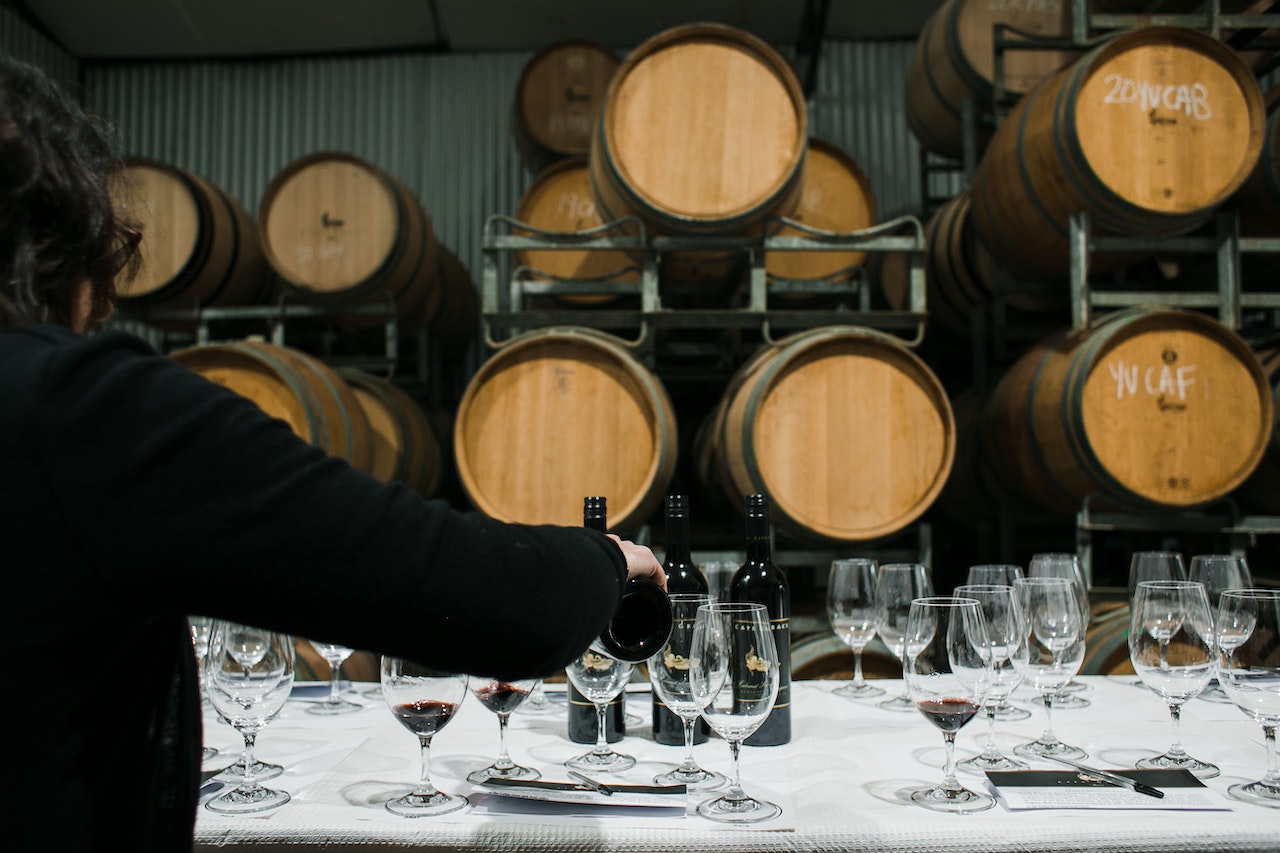
Spinning Cone Column (SCC)
SCC is a dealcoholization technique used in the wine industry.
It was first developed in the early 1990s in New Zealand and has since been widely used around the world.
Here’s how the SCC beverage dealcoholization process works:
a. The beverage is introduced into the top of the spinning cone column.
b. The column spins rapidly, creating a thin film of the beverage on the interior surface of the cone.
c. The cone is heated to a low temperature and low pressure, which allows the volatile compounds, such as alcohol, to evaporate from the thin film of the beverage.
d. The evaporated volatile compounds are then captured and condensed, so they can be separated and removed from the system.
e. The remaining liquid is collected at the bottom of the column, with a reduced alcohol content.
This process is repeated until the desired level of alcohol reduction is achieved.
Vacuum Distillation
This beverage dealcoholization process is used for the separation and purification of liquids by reducing the pressure above the liquid mixture, which lowers the boiling point of the compounds in the mixture.
During vacuum distillation, the liquid mixture is heated under reduced pressure.
This causes the compounds with lower boiling points, such as ethanol in alcoholic beverages, to vaporize and rise into a condenser where they are cooled and collected as a separate distillate.
The remaining liquid mixture, which has a reduced alcohol content, is then further distilled under regular pressure to remove any remaining traces of alcohol.

Entrepreneur’s Vacuum Distillation Machine Will Cost £1M | Dragons' Den
People Ask
Is Dealcoholization A Safe Process?
Yes, dealcoholization is generally considered a safe process.
However, it is important to ensure that the method used is approved and regulated by the appropriate authorities, such as the United States Food and Drug Administration (FDA) or the U.S. Alcohol and Tobacco Tax and Trade Bureau (TTB).
What Are The Clearing Agents For Dealcoholization?
There are several clearing agents that can be used during beverage dealcoholization process, depending on the method used to remove the alcohol.
Here are some examples:
- activated carbon (in membrane filtration and reverse osmosis)
- carbon or silica gel (in vacuum evaporation)
- diatomaceous earth (in membrane filtration and reverse osmosis; a fine, powdery substance taken from a natural sedimentary rock)
Can Dealcoholized Beverages Taste As Good As Regular Beverages?
Yes, dealcoholized beverages can taste very similar to regular beverages.
Some people may not notice a difference in taste between a dealcoholized beverage and a regular beverage, while othersmay find that the flavor is slightly different.
Final Thoughts
Beverage dealcoholization process has become increasingly popular in recent years.
Whether it’s due to personal preferences, healthconcerns, or legal restrictions, many people are interested in enjoying their favorite beverages without the effects of alcohol.
Each beverage dealcoholization process mentioned here is proven safe, assuring consumers their safety and pure enjoyment.

Suleman Shah
Author
Suleman Shah is a researcher and freelance writer. As a researcher, he has worked with MNS University of Agriculture, Multan (Pakistan) and Texas A & M University (USA). He regularly writes science articles and blogs for science news website immersse.com and open access publishers OA Publishing London and Scientific Times. He loves to keep himself updated on scientific developments and convert these developments into everyday language to update the readers about the developments in the scientific era. His primary research focus is Plant sciences, and he contributed to this field by publishing his research in scientific journals and presenting his work at many Conferences.
Shah graduated from the University of Agriculture Faisalabad (Pakistan) and started his professional carrier with Jaffer Agro Services and later with the Agriculture Department of the Government of Pakistan. His research interest compelled and attracted him to proceed with his carrier in Plant sciences research. So, he started his Ph.D. in Soil Science at MNS University of Agriculture Multan (Pakistan). Later, he started working as a visiting scholar with Texas A&M University (USA).
Shah’s experience with big Open Excess publishers like Springers, Frontiers, MDPI, etc., testified to his belief in Open Access as a barrier-removing mechanism between researchers and the readers of their research. Shah believes that Open Access is revolutionizing the publication process and benefitting research in all fields.

Han Ju
Reviewer
Hello! I'm Han Ju, the heart behind World Wide Journals. My life is a unique tapestry woven from the threads of news, spirituality, and science, enriched by melodies from my guitar. Raised amidst tales of the ancient and the arcane, I developed a keen eye for the stories that truly matter. Through my work, I seek to bridge the seen with the unseen, marrying the rigor of science with the depth of spirituality.
Each article at World Wide Journals is a piece of this ongoing quest, blending analysis with personal reflection. Whether exploring quantum frontiers or strumming chords under the stars, my aim is to inspire and provoke thought, inviting you into a world where every discovery is a note in the grand symphony of existence.
Welcome aboard this journey of insight and exploration, where curiosity leads and music guides.
Latest Articles
Popular Articles
